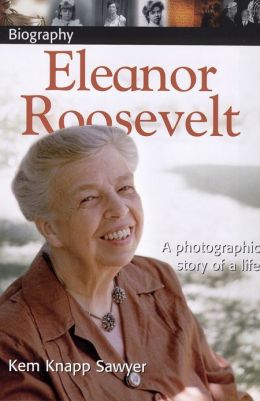Using a common theme approach in a biography study is helpful. For example, students could study the biographies of Jane Goodall, Eleanor Roosevelt, and Amelia Earhart to understand how attitudes and determination helped each to succeed in reaching their goals despite obstacles.
I am glad that modern biographies are now including source material. This ensures the integrity of the story. Biographies are not just highlighting heroes; Learning about infamous people can show both good and bad qualities. These are opportunities for moral enlightenment and for readers to learn about themselves. Biographies can help inspire readers to think about their place in the world today. The Notorious Benedict Arnold by Steve Sheinkin is a good example.
An inspiring idea is to use biography with other genres to study an era. You can link literature to social studies by combining historical fiction, biography, and non-fiction to study a particular time or place. This blending not only gives facts but a human perspective too. For example, to study civil rights you could read about Rosa Parks, Langston Hughes poetry, and historical fiction like The Watsons Go to Birmingham.
An interesting teaching concept is to have students read and compare two different biographies about one person. Then students can analyze the writing to comment about which they feel gives a better perspective about that person. I also think it would be creative to have students compare a variety of sources like biographies, websites, and non-fiction articles about a person.
When selecting quality biographies, I will choose ones that rely on primary sources, have plots that are based on facts, and show a rich depiction of details and cultural forces that shaped lives. Good biographies avoid stereotypes, have strong illustrations, and reveal a unifying theme. Readers can discover the featured person's motivation under adverse conditions. Many will have a balanced perspective of their human characteristics which allows readers to connect to something within their life.
Today I had the opportunity to meet the author, Lesa Cline-Ransome. I enjoyed hearing how she researches people for her biographies and finds out the person's flaws and all! She provides stories that teach historical backgrounds in a a fun way. Her stories bridge today's reader with people from past eras and helps readers understand that their lives are part of history, too.
An interesting teaching concept is to have students read and compare two different biographies about one person. Then students can analyze the writing to comment about which they feel gives a better perspective about that person. I also think it would be creative to have students compare a variety of sources like biographies, websites, and non-fiction articles about a person.
When selecting quality biographies, I will choose ones that rely on primary sources, have plots that are based on facts, and show a rich depiction of details and cultural forces that shaped lives. Good biographies avoid stereotypes, have strong illustrations, and reveal a unifying theme. Readers can discover the featured person's motivation under adverse conditions. Many will have a balanced perspective of their human characteristics which allows readers to connect to something within their life.
Today I had the opportunity to meet the author, Lesa Cline-Ransome. I enjoyed hearing how she researches people for her biographies and finds out the person's flaws and all! She provides stories that teach historical backgrounds in a a fun way. Her stories bridge today's reader with people from past eras and helps readers understand that their lives are part of history, too.




No comments:
Post a Comment